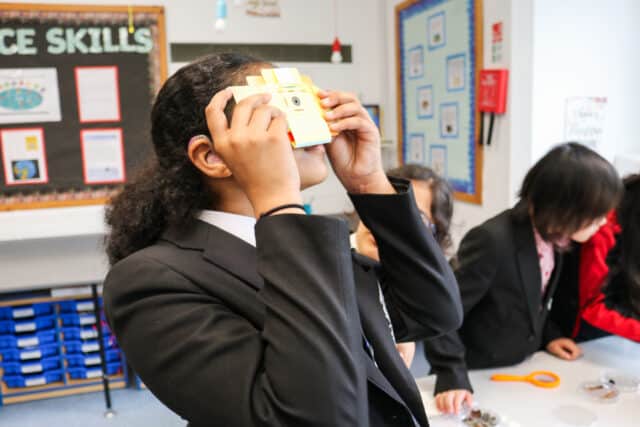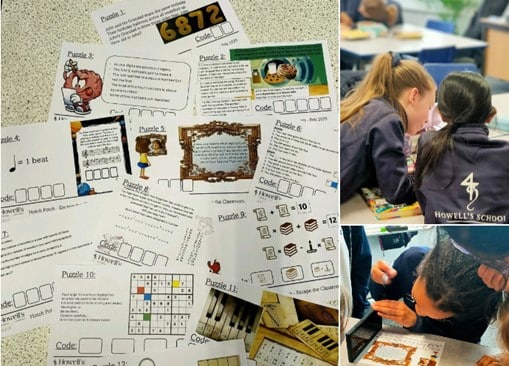Blog
Why is learning enhancement needed in a high achieving school?
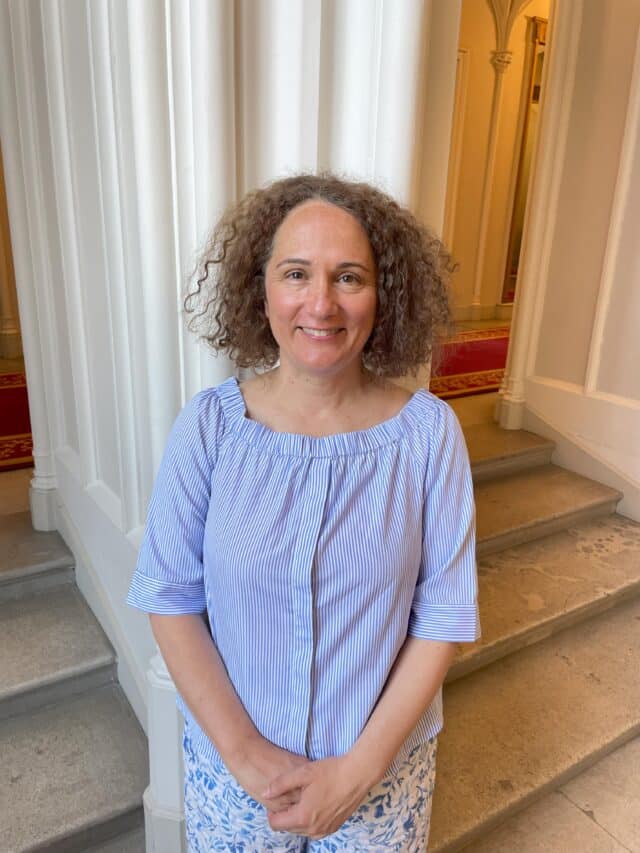
Anastacia Johnson
Learning Enhancement Teacher and Specialist Assessor at Wycombe Abbey
Read the blog
Everybody is a genius. But, if you judge a fish by its ability to climb a tree, it will live its whole life believing that it is stupid.
Does every pupil in a high achieving school climb a tree without encountering some difficulties on her way to the top? Even in top-performing schools, pupils have diverse needs which may include attention deficit/hyperactivity disorders (ADHD), autism spectrum disorders (ASD), dyslexia and developmental coordination disorder (DCD), formerly known as dyspraxia, to name a few. Let us take dyslexia, which was initially perceived as a disease, injury or other physical defect of the brain under the medical model. The individual was seen as ‘faulty’, and the differences became the focus of attention. (UK Disability History Month, 2022) In this model, there was no suggestion that society needed to change or accommodate. Only in the early 20th century did dyslexia begin to be considered as a developmental disorder and the focus shifted to being an issue with how children were thinking instead. (Kirby, 2020)
According to Oliver (2004, p.19), the starting point of an opposing model, known as the social model, ‘turned the understanding of disability completely on its head’. It achieved this by arguing that impairment need not exclude people, it was the way society behaved towards people with impairments that was the issue. When looking at dyslexia through the social model the individual is valued; areas of differences avoid negative terminology and do not accentuate the weakness and the problems. The social model advocates difference and neurodiversity.
The term ‘neurodiversity’ was coined in the late 1990s by a sociologist, Judy Singer, in an attempt to recognise that there are variations in brain functioning, thereby levelling the playing field for everyone. And this is where Learning Enhancement takes centre stage, because it advocates neuroinclusivity, but also endeavours to equip the neurodivergent high achieving pupil with a survival toolkit; a metacognitive mindset and strategies which can enhance a pupil’s strengths and manage areas of development. How exactly, though, do we enhance their learning in a high achieving environment whereby there is an expectation that a fish should be able to climb a tree? The answer is differentiation and personalisation.
This process requires tuning into a pupil’s cognitive profile and listening to her perspective. Who is a better person to tell us what is going on in her brain than the pupil herself? I can hear some saying ‘Oh no she’s not!’ And in a Punch and Judy moment, I respond ‘Oh yes, she is!’ She may not be able to understand her brain fully yet but we, collectively at Wycombe Abbey, can make sure that we help her develop her metacognition – which is valuable for any pupil, but most importantly for the neurodivergent high achieving pupil; the more aware she is of her own learning processes and strategies, the more likely she is to minimise her barriers and build on her strengths.
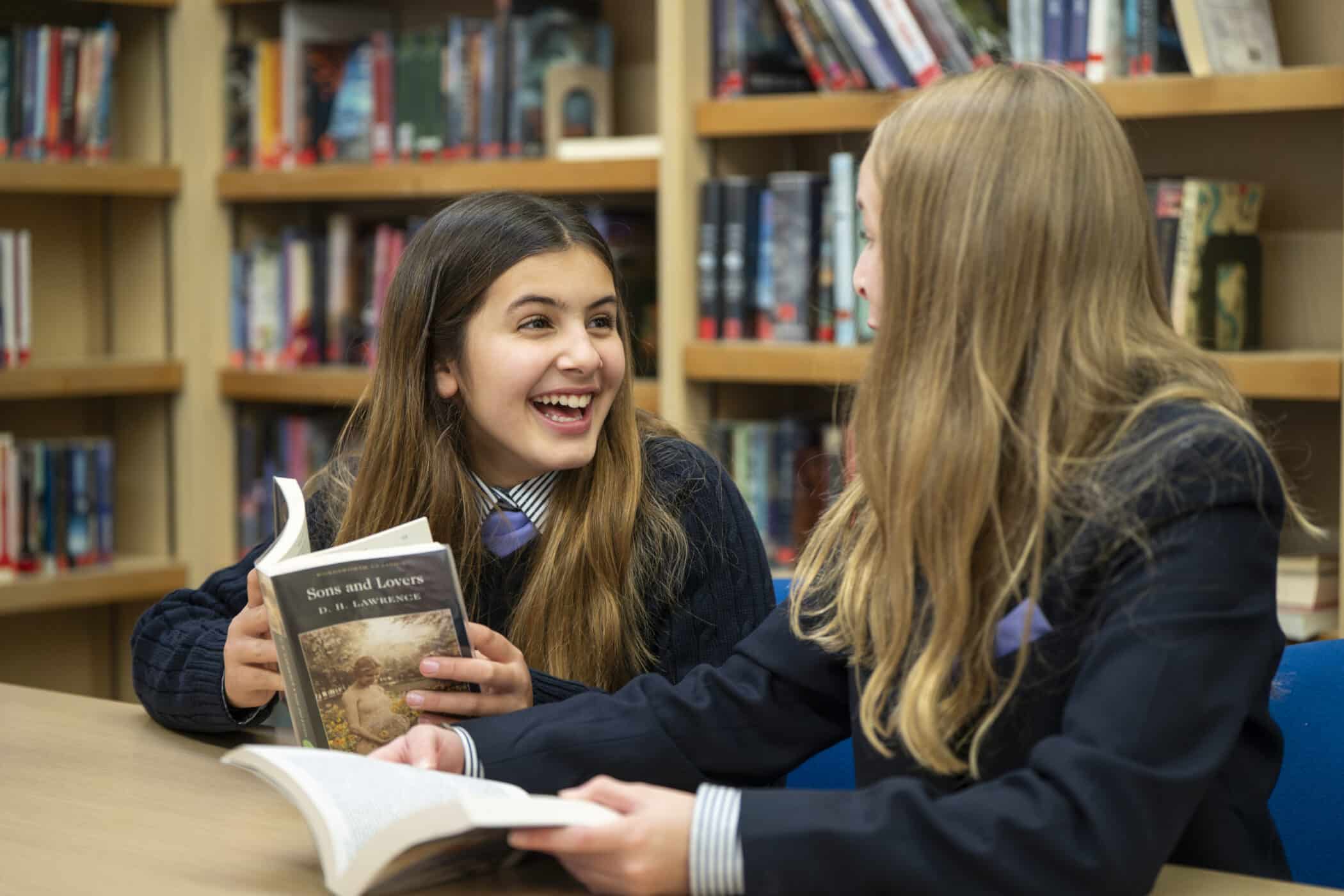

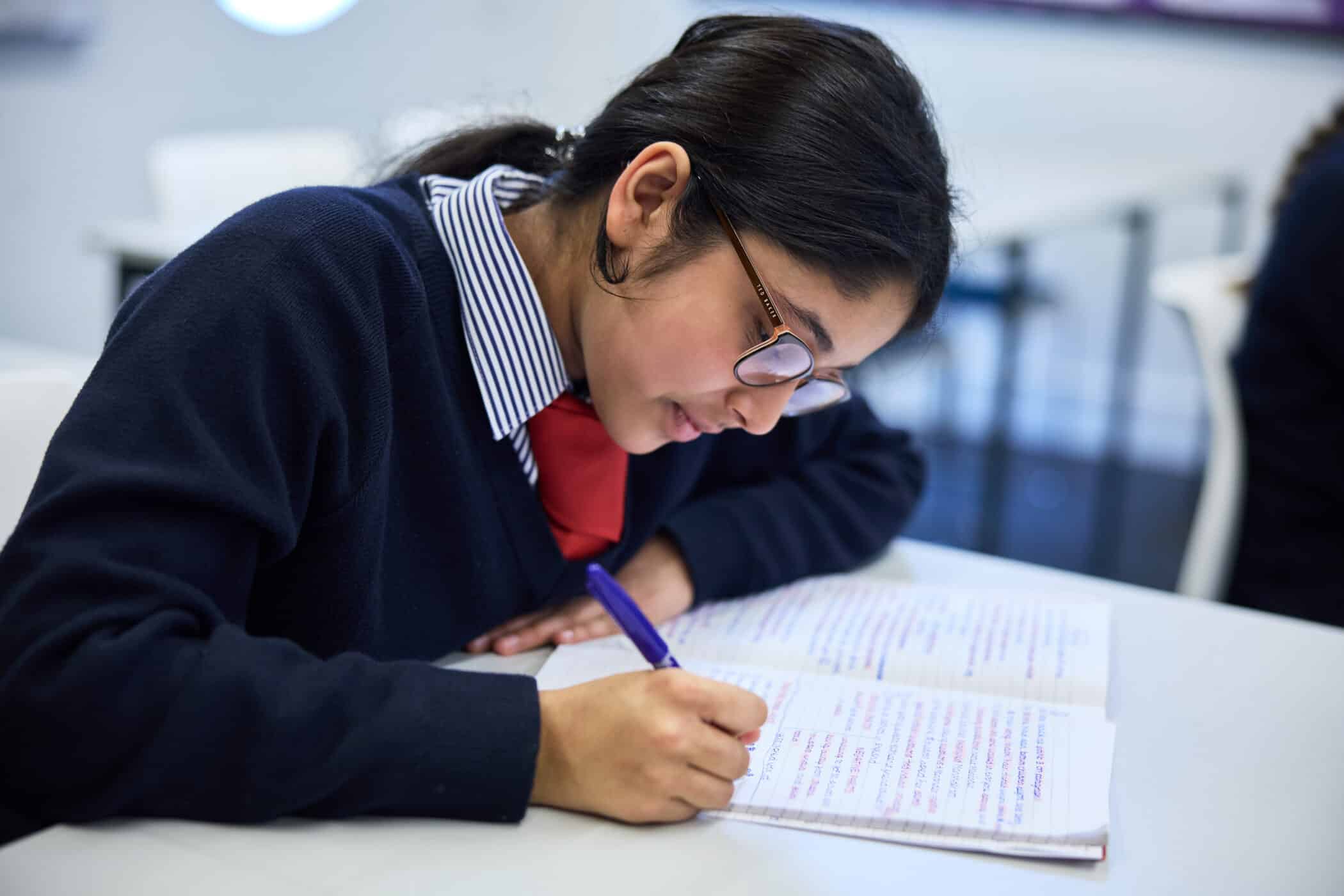

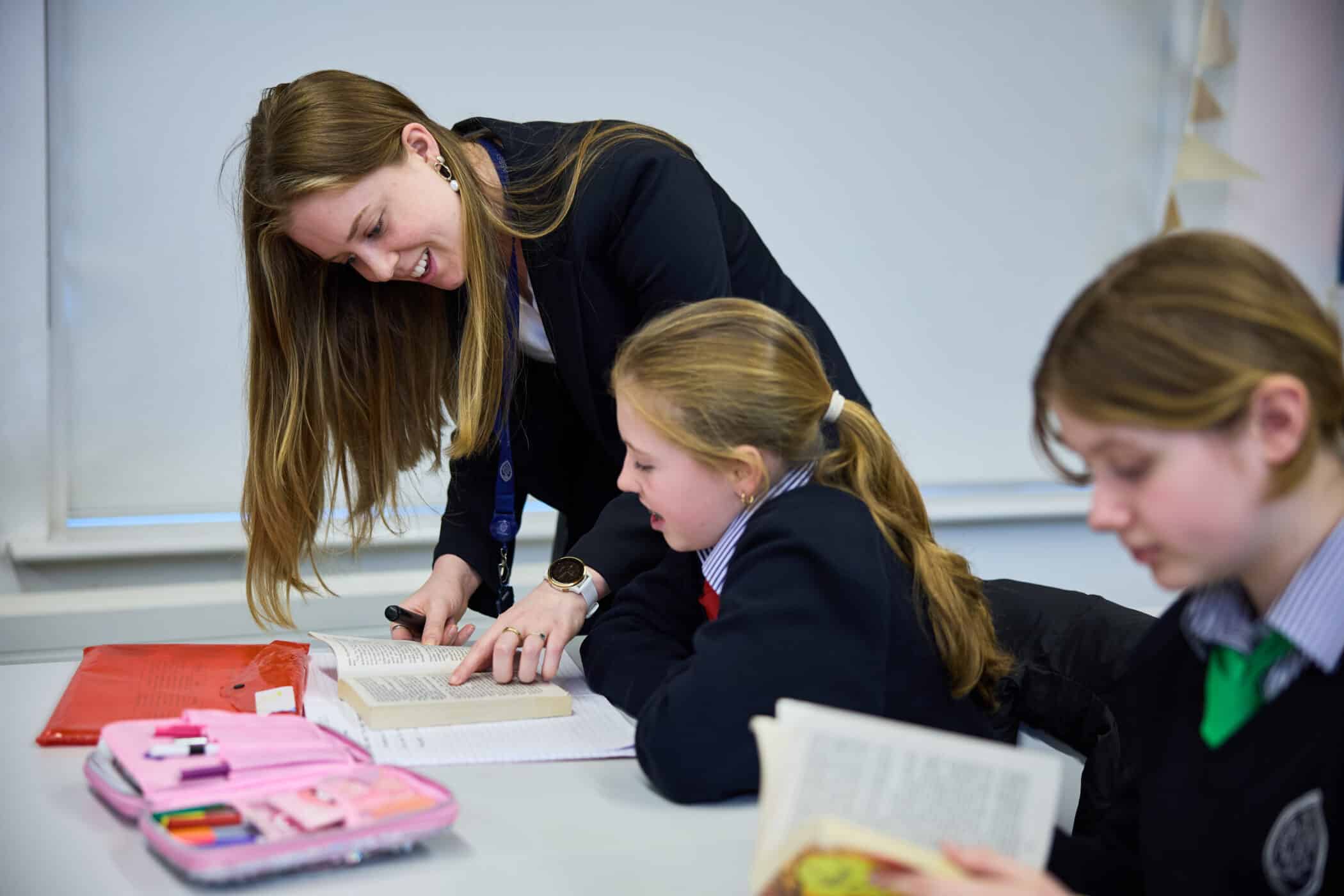

According to PASSHE, the Association of Dyslexia Learning Difference Specialists in Higher Education, metacognition is one of the 7 principles which should underpin specialist support. The good news is that neurodivergent pedagogy is not rocket science. The principles will be familiar to any qualified teacher. Learning Enhancement utilises these principles in one to one and group sessions:
- Metacognition: The King and Queen of the principles enables a pupil to understand her way of thinking and to respond to different learning strategies, as well as her own strengths and weaknesses, allowing her to implement tailor-made strategies that are continuously improving.
- Motivation: It refers to the importance of engaging pupils and creating a sense of purpose for the learning process. A way of promoting a pupil’s motivation is providing opportunities of choice and autonomy, and celebrating successes and progress.
- Overlearning: It involves practising skills beyond the point of initial mastery to reinforce learning and promote long-term retention. Some neurodivergent pupils require additional practice and repetition to solidify learning.
- Modelling: It involves demonstrating skills and behaviours for learners to imitate and emulate. In the context of Learning Enhancement, modelling can be particularly effective for demonstrating effective study skills and strategies
- Little and Often: It is the principle of breaking down learning into small, manageable chunks, and providing frequent opportunities for practice and reinforcement. For neurodivergent pupils, who may struggle with processing and retaining large amounts of information at once, little and often can be an invaluable approach.
- Multisensory: It is engaging multiple senses in the learning process (visual aids, auditory cues and hands-on activities) to promote deeper understanding and retention.
- Relevance: This principle involves connecting learning to pupils’ prior knowledge, experiences and goals, in order to promote engagement and understanding. Explaining why a particular approach or activity is used, makes a difference to a neurodivergent mind.
The neurodivergent girl requires personalised guidance which can be developed through the collaboration of various members of staff. It is a marriage of knowledge between the SEN teacher, an expert in their field, the teacher, an expert in their subject and the secondary pupil, a developing expert of her brain. Learning Enhancement, with neuroinclusivity at its core, goes beyond accommodating difference; it actively seeks to understand and celebrate the unique strengths and challenges each pupil brings into the classroom. It advocates that education is not about forcing a fish to climb a tree; it is about recognising the power of the way it swims. It is about enabling a child with the knowledge to unravel the way their brain functions and then to recognise the power it has.
Wycombe Abbey is an independent boarding school in Buckinghamshire for girls aged 11-18.
References:
Kirby, P. (2020) Dyslexia debated, then and now: a historical perspective on the dyslexia debate. Oxford Review of Education, p. 472-486.
Oliver, M. (2004) The Social Model in Action: if I had a hammer. In C. B. Mercer, Implementing the Social Model of Disability (p. 18-31). Leeds: The Disability Press.
PASSHE’s 7 Principles. Retrieved 3-04.25 from www.passhe.org.uk
UK Disability History Month. The Medical Model versus the Social Model. Retrieved 2-04-2025 from www.ukdhm.com
